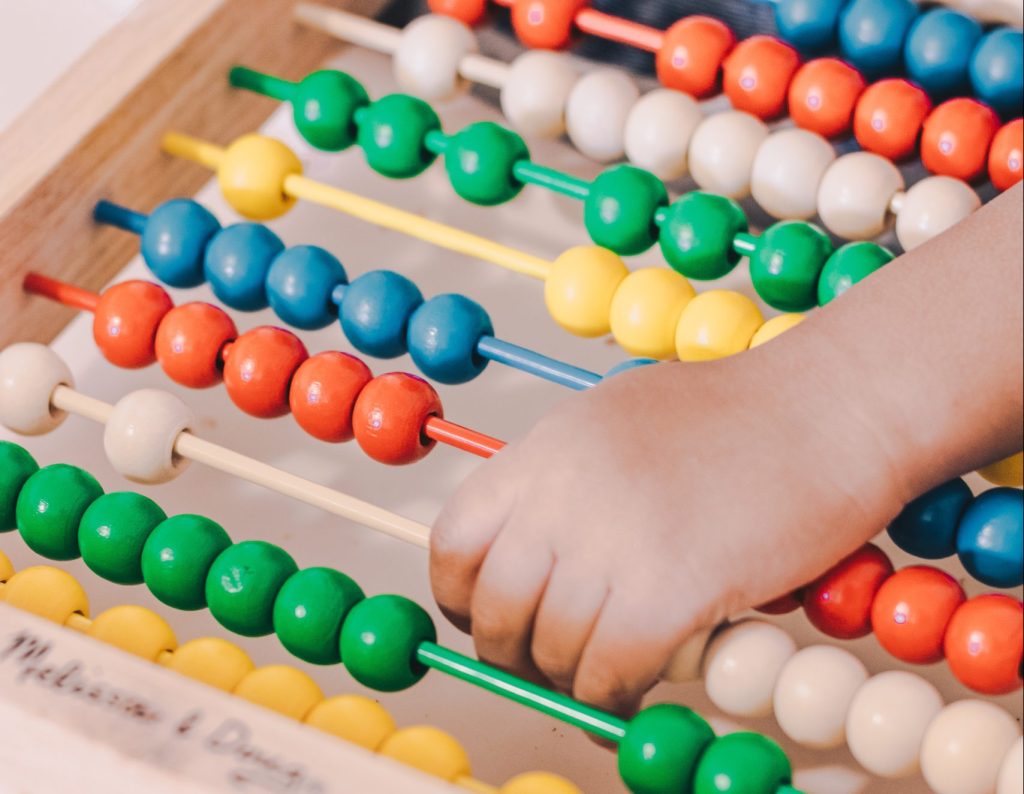Belgium offers free, government-funded pre-school (‘kleuterschool’ / ‘enseignement maternelle’ / ‘kindergarten’) to all children from the age of 2.5 to 5 years of age (when they must start primary education).

When can my child start at pre-school?
Children can typically start pre-school on the day they turn 2.5, though parents and schools often prefer to wait until the first school day after a holiday.
In schools run by the Dutch-speaking community, children can start on one of the following 7 entry dates between the ages of 2.5 and 3:
- the 1st school day after every school holiday: after the summer, autumn, Christmas, ‘carnaval’ and Easter holidays
- the 1st school day of February
- the 1st school day after Ascension Thursday
or on any school day once they have turned 3.
Most pre-schools are attached to a primary school, so children may stay in the same institution from when they start pre-school at 2.5 until the start secondary school at age 12.
Government-funded pre-school is often an obvious alternative to paid daycare, and the standard of care and infrastructure is typically high, and statistics show that around 95% of children in Belgium already attend pre-school by the age of 3.
How and when do we apply for a place?
The website of the City of Brussels provides a good overview (in English) of the application procedure for French- and Dutch-speaking pre-schools (and primary schools) in Brussels. Children who already have a sibling at the (pre-)school have priority, and can typically be registered before non-priority families.
Dutch-language education in Brussels – priority for Dutch-speakers
For all Dutch-language education in Brussels, priority is given to students whose parents speak at least B2 level Dutch.
If you need to prove your proficiency in Dutch, and you have not followed full-time secondary education or higher education in Dutch, you can take at test at Het Huis Van het Nederlands or another of the recognised Dutch proficiency tests, such as the ITNA test or the CNaVT test.
Does my child need to be potty trained?
Most schools insist that your child is toilet trained before being able to start pre-school.
What is the typical school day?
School typically starts between 8:00 and 8:30, and ends around 15:30. On Wednesdays, schools across Belgium have a half day, finishing around 12:00.
Will my child be able to have an afternoon nap?
If your little one is still taking regular afternoon naps, discuss this with the school. Many pre-schools have beds where the youngest children can take a nap if needed.
Is there supervision before and after school?
Most schools open from around 7:30 (some as early as 7:00) to welcome children whose parents work.
There is almost always some kind of after-school supervision between the end of school and around 18:00 to 18:30 – in some schools this may be mostly unstructured play, while other schools may offer homework support or other (often paying) activities such as drama, sport etc.
There is usually a small fee for supervision of children who arrive before e.g. 7:30 and stay later than e.g. 16:30.
What about lunches?
Most children eat lunch at school, though this is not mandatory. Most schools provide cooked meals.
What is the typical school year?
Since the 2022-2023 school year, French-speaking and Dutch-speaking schools no longer follow the same school calendar.
- School calendar for schools in the Dutch-speaking community
Note that the school year in Dutch-speaking schools starts on 1 September and ends on 30 June. - School calendar for schools in the French-speaking community
Since the school year 2022-2023, schools run by the French-speaking community start the school year on the last Monday in August, and finish on the first Friday in July. - School calendar for schools in the German-speaking community
Like the Dutch-speaking schools, schools run by the German-speaking community start on 1 September and end on 30 June.
Schools also typically have several closed days for teacher training, and should warn you about this at the beginning of the year when possible.





